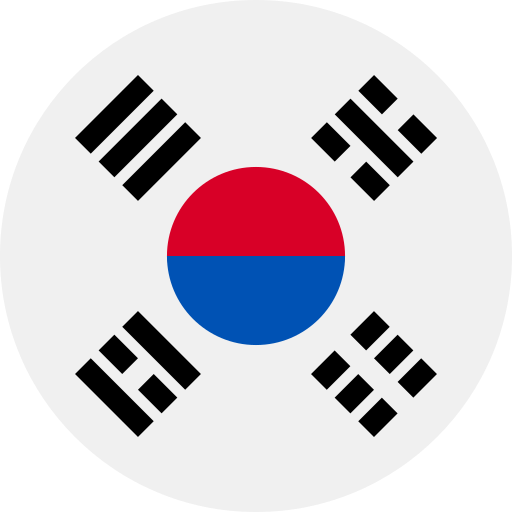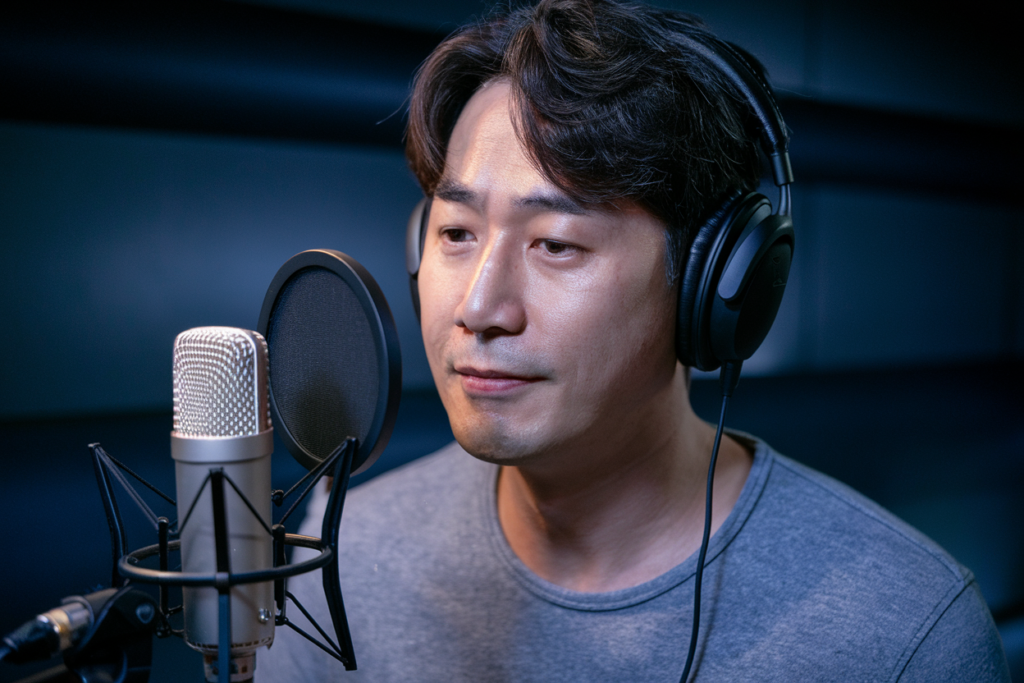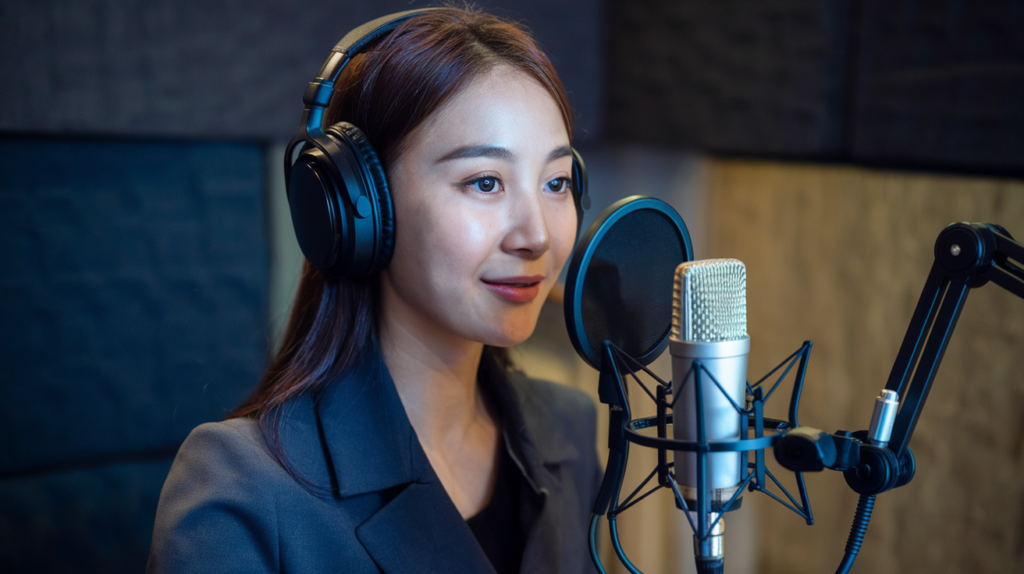Key Takeaways
- Regional Dialects: Korean language features distinct dialects like Gyeongsang, Jeolla, and Chungcheong, each with unique pronunciation, vocabulary, and grammatical traits.
- Cultural Influence: The variations in dialects reflect the rich cultural history of South Korea’s regions, offering insights into local customs and traditions.
- Vocabulary Differences: Some words may differ across regions; understanding these variations is crucial for effective communication and accurate localization.
- Geographical Impact: Geography influences how Korean is spoken; urban speech tends to be faster with contemporary slang while rural speech maintains traditional forms.
- Social Dynamics: Factors such as age and education level affect language use within communities, highlighting the need for voice actors to adapt their performances accordingly.
- Media’s Role: Popular culture significantly shapes language use in Korea today; staying updated on trends helps ensure voice talent resonates with target audiences.
Ever wondered why the Korean language sounds so different depending on where you are in South Korea? The differences in Korean across regions can be fascinating and sometimes confusing. From dialects to accents, each area has its unique flair that reflects local culture and history.
Overview of Korean Language
Korean, a unique language with a rich history, showcases fascinating regional variations across South Korea. These dialects and accents reflect the cultural and historical influences of each area, resulting in distinct sounds that can sometimes confuse even native speakers.
The standard form of Korean is based on the Seoul dialect. However, other major dialects include Gyeongsang, Jeolla, and Chungcheong. Each dialect has its own characteristics in terms of pronunciation, vocabulary, and grammar. For instance:
- Gyeongsang Dialect: Known for its intonation patterns and distinctive tones.
- Jeolla Dialect: Features softer pronunciations and unique vocabulary.
- Chungcheong Dialect: Often described as having a more relaxed tone compared to others.
Even within these main categories, local nuances exist. A speaker from Busan might sound different from someone in Daegu despite both being part of the Gyeongsang region. Understanding these differences offers insight into not only language but also culture.
In addition to spoken variations, regional accents can affect how voiceover talent approaches their work. A voice artist may need to adapt their delivery style based on the target audience’s location. This adaptability enhances authenticity in projects requiring localization or specific cultural references.
Korean’s written form uses Hangul, an alphabet designed for simplicity and efficiency. While Hangul remains consistent across regions, some words may vary significantly in pronunciation or usage depending on the locale.
Ultimately, exploring these regional differences enriches your understanding of the Korean language while highlighting its dynamic nature. Whether you’re creating content for a local audience or targeting broader markets involving voiceovers or other media forms, knowing these distinctions plays a crucial role in effective communication.
Regional Variations in Korean
Korean displays fascinating regional variations that influence its dialects and accents. Understanding these differences adds depth to your appreciation of the language.
Dialects and Accents
The Gyeongsang dialect, prevalent in cities like Busan and Daegu, stands out with its sharp intonation patterns. You might notice how speakers often sound more emphatic compared to those from other regions. In contrast, the Jeolla dialect, found in areas like Gwangju and Jeonju, features softer pronunciations and a melodic flow that can feel quite inviting. The Chungcheong dialect leans toward a more relaxed tone, which might make conversations seem less hurried. Each accent carries unique phonetic traits that voice artists must master for authentic portrayals across various media platforms.
Vocabulary Differences
Vocabulary varies significantly across Korean regions. Certain words common in one area may sound unfamiliar or even confusing elsewhere. For instance, while «밥» (bap) universally means rice or meal, some regions have distinct expressions for local dishes or ingredients specific to their cuisine. This variety enriches the language but also poses challenges for voice actors aiming for accurate localization in their projects. Recognizing these vocabulary differences is crucial when addressing diverse audiences effectively.
Regional distinctions not only shape communication but also reflect cultural identity through language nuances. Exploring these variations enhances your understanding of Korean’s dynamic nature—an essential aspect if you’re looking to engage with native speakers authentically or work within localized content arenas.
Influence of Geography on Language
Geography plays a significant role in shaping the Korean language, influencing how it’s spoken across different regions. Variations in dialects and accents stem from local culture, history, and even geography itself. Understanding these influences is crucial for effective communication, especially if you’re working with voice talent who need to grasp these nuances.
Urban vs. Rural Speech
Urban centers like Seoul showcase a fast-paced speech pattern, often filled with contemporary slang and expressions influenced by modern culture. In contrast, rural areas maintain traditional forms of speech that reflect their cultural heritage. This disparity can lead to misunderstandings or misinterpretations during voiceover projects if the voice artist isn’t familiar with regional differences. A voice actor might find themselves needing to adapt their delivery style depending on whether they’re addressing an urban or rural audience.
Historical Influences
The historical context of various regions significantly impacts the Korean language’s evolution. Each area carries its own stories and traditions that shape vocabulary and pronunciation over time. For example, certain words may originate from historical events or local customs unique to that region. When selecting a voice over artist for projects that require authenticity, consider this historical background as it enriches the conversational flow and connection with listeners.
Understanding geographical influences on language not only enhances your appreciation for the richness of Korean but also ensures you choose the right voice over talent for your project needs—one who can deliver content authentically while resonating with diverse audiences across South Korea.
Cultural Context and Language Use
Korean language variations across regions offer a rich tapestry of sounds, meanings, and cultural insights. Understanding these differences enhances engagement with native speakers and informs voiceover projects.
Social Factors Affecting Language
Social dynamics play a crucial role in shaping regional dialects. Age, education level, and social status impact how people speak within various communities. For instance, younger generations in urban areas might adopt contemporary slang that differs from traditional expressions used by older speakers in rural settings. Recognizing these social factors helps voice actors tailor their performances to resonate with specific audiences. When your project requires authenticity, considering the demographic nuances can lead to more relatable content.
Language in Media and Pop Culture
Media significantly influences language use in Korea today. Popular dramas and music propagate specific dialects or phrases, making them familiar nationwide. Voice over artists must stay attuned to these trends since they can affect audience perceptions and expectations. If you’re aiming for a particular tone or style in your project, referencing popular culture can guide your choice of voice talent who naturally embodies those linguistic traits. Engaging with current media not only enriches content but also ensures it connects deeply with viewers’ experiences across different regions of South Korea.
Conclusion
The regional differences in the Korean language reveal a vibrant tapestry of culture and history. Each dialect carries its own unique charm and challenges that highlight the diversity within South Korea. Understanding these nuances not only enriches your appreciation for the language but also enhances your interactions with native speakers.
For voice actors and content creators, grasping these variations is crucial for delivering authentic performances. Staying informed about current trends in media allows you to connect more deeply with audiences across different regions. Embracing this linguistic richness will undoubtedly lead to more engaging and relatable content that resonates widely.
Frequently Asked Questions
What are the main dialects of Korean?
The main dialects of Korean include Gyeongsang, Jeolla, Chungcheong, and the standard Seoul dialect. Each has unique pronunciation, vocabulary, and grammar characteristics influenced by local culture and history.
How do regional accents affect voiceover work?
Regional accents can significantly impact voiceover projects since they require artists to adapt their delivery for authenticity. Understanding these nuances is essential for effective communication with diverse audiences across South Korea.
Why is understanding cultural context important in language use?
Cultural context enriches engagement with native speakers and informs how language varies within communities. Factors such as age and social status influence speech patterns, making it crucial for voice actors to tailor their performances accordingly.
How does geography influence Korean language variations?
Geography impacts language through urban centers showcasing fast-paced speech filled with contemporary slang while rural areas maintain traditional forms of expression. These differences can lead to misunderstandings if not recognized in voiceover projects.
What role does media play in shaping the Korean language today?
Media and pop culture significantly shape language use by popularizing specific dialects or phrases through dramas and music. Voiceover artists must stay updated on these trends to connect deeply with viewers’ experiences across regions.







